There are several prominent candy factories in Finland. The biggest of these are: Fazer, Panda, Brunberg, and Halva. These are the big factories in Finland. But there’s many other yummy candies and snacks than the above – some of them, like Salmiakki in all its varieties, rather hard for the non-Finn to acquire a taste for. So here are twenty iconic Finnish snacks you need to try while you’re in Finland…… go for it, although you may regret trying Salmiakki (LOL and apologies to my Finnish friends – salmiakki IS an acquired taste, like New Zealand Marmite, I think it’s one of those things you have to grow up eating to truly enjoy)…..
1. Salmiakki
Salmiakki is a salty treat (like candy but salty) that many people in Finland love. Many agree that it is an acquired taste. Although salmiakki resembles black licorice in color and often complements it in flavor, it is actually the salt ammonium chloride. the reason why black is the preferred colour for salmiakki is somewhat unclear. It might be partly to provide a “tougher image” for the candies, and partly because of the liquorice used to vary and soften the salty flavor. The canonical shape for salmiakki candies is a four-cornered lozenge. This shape is so popular that in Finnish, the word “salmiakki” can sometimes refer to the lozenge shape, instead of the candy or the salt it is produced with. In addition to being used in candy, salmiakki is also used to flavor vodka and distilled rye brandy. Salmiakki is virtually unknown outside Europe. Some Finnish ice hockey players playing in USA leagues have tried to import salmiakki among their American teammates, but so far, results have been pretty much hopeless.
2. Tupla
Tupla is a Finnish chocolate bar made by Leaf. It consists of milk chocolate with a nougat-flavoured filling, coated with bits of almond. The name “Tupla”, meaning “double”, comes from the fact that there are always two Tupla bars in a single wrapper. The bars are placed end-to-end, not parallel. The original Tupla dates back to the 1970s and is still one of the most popular chocolate bars in Finland. In the 1990s and 2000s two variants have been introduced: Tupla White, with a coating of white chocolate instead of milk chocolate, and Tupla Black, with bits of liquorice added into the filling. There were even Tupla Easter eggs available in the 1990s. Despite the name, however, there weren’t two chocolate eggs nested inside each other.
3. Panda Licorice
The Panda factory is in Jyväskylä and the reason Panda is so good is that they mainly make licorice – the best licorice ever! There’s Täyte Lakupala (i.e. filled licorice pieces – they’re sort of flower-shaped and have fillings of chocolate, coffee, etc.). There’s lots of different flavors including sitruunalaku (lemon-filled licorice) and they’re also really yummy! But they don’t just make licorice – for those of you who don’t like any form of aniseed-flavored confectionery – they also make some delicious chocolates as well!
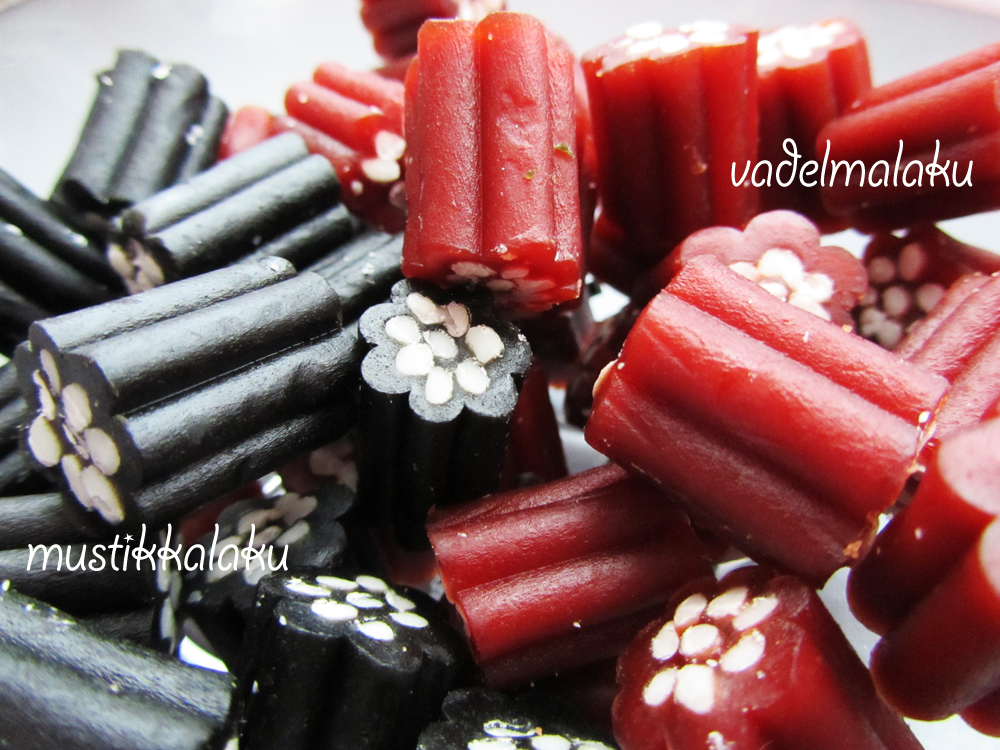
Täyte Lakupala – filled liquorice pieces – they’re sort of flower-shaped and have fillings of chocolate, coffee, etc.
And a bit of history: In 1920, the first confectionery factory of SOK Co-op Enterprises began manufacturing sweets in the modest upstairs premises of a berry processing plant in Vaajakoski. The products were so popular and sold so well that during the second year production began operating in two shifts. The first products were sweets wrapped in paper, sweets in tins, cough drops and jellies. At the end of the 1920s production was transferred into a separate brand new factory building where the manufacture of chocolate began. In 1927 Panda created its first licorice product. The manufacture of soft licorice began in 1933 under the supervision of the Executive Licorice Master Vaino Hilden, and in 1936 the first licorice drops appeared in shops. World War II however severely affected the production of sweets.
After chocolate rationing ended, it was a busy time. Chocolate, called Panda Pop was introduced with a wrapper featuring a panda bear. This later became the inspiration for renaming the business in 1961 as the Panda Chocolate Factory. This later was exported with the first exports of a Licorice Roll to the USA called Paul Spitz. Through an acquisition made in 2000, Panda became the largest Finnish owned confectionery factory with the making of chocolate and licorice. A record was achieved in 2001 when, over 3 million units of Panda’s most popular praline assorted chocolate was sold.
There ARE tours of the Panda Factory in Jyväskylä available. The factory is located in Vaajakoski – about 20 minutes outside of Jyväskylä….the bus #1 goes by there although if you don’t have a car, a taxi might be easier. There are free samples when you immediately walk in – which you will likely want to try right away as the factory smells great from outside.
4. Kouvolan lakritsi
Kouvola lakritsi (licorice) is a Finnish manufacturer of confectionery whose factory is located in Kouvola, a suburb of Tornio. The company’s history dates back to 1906, when the Papula Water Works Co. Ltd. started operations in the city of Vyborg (now occupied by Russia). Because of the war, in 194, the company was forced to leave and eventually moved in Kouvola in 1948 where operations restarted with the company renamed Kouvola lakritsi. Kouvolan lakritsi has been chosen several times to be the best licorice in Finland (which makes it perhaps the best licorice in the world). And if you’re in Helsinki, the Stockmann department store in the centre of Helsinki sells Kouvolan lakritsi! On a side note, it was apparantly an englishman who created the recipe just for the Kouvolan lakritsi company
4. Pantteri
Pantteri (Finnish for “panther”) is yet another Finnish candy and made by Fazer. The colored ones are fruity, while the black ones are salmiakki (salty liquorice-flavored). Pantteri candies were first invented in 1965 as small, black salmiakki and liquorice gum drops in a typical cardboard candy box, with a picture of a panther on the box cover. A sugar coating was later added to the drops, slightly altering their taste. The most famous form of Pantteri, however, is the larger, sugar coated disc-shaped candies sold in a plastic bag, also with a picture of a panther on it. At first only salmiakki Pantteri candies were available, but in the 1990s Fazer introduced a fruit-flavoured version of Pantteri, “Pantteri Mix” (containing red, yellow and green fruit candies and normal salmiakki candies). In the 2000s, the Pantteri drops sold in boxes were reverted to the original 1965 version, without the sugar coating. The text on the box says “Original Pantteri drops from 1965”. Later additions include “Lumipantteri Mix” (Finnish for “snow panther”) in summer 2006, “Pantteri Mix” candies with white coating and “Pantteri Black Shot”, candies with a salty liquorice filling.
Visible advertising campaigns are an important part of Pantteri’s publicity image. They were won the best advertising campaign award in Finland twice, in 1999 and 2000. One advertising campaign featured a fictional latino character called “El Pantero”, sporting advertising slogans in mock Spanish such as “El Pantero baila” and “Baila y come”. The current advertising campaign promotes “Panthóur”, a humorous variation of the popular parkour sport.
5. Terva Leijona.
Terva Leijona is a Finnish liquorice candy with tar flavouring. It is available in “Traditional flavours” such as sugarless, licorice, salmiakki. Recently Leaf released Villi Pohjola (Wild North) mix that contains some of more exotic flavours, such as juniper berry – lemon, cloudberry – licorice and lingonberry – havu (pine/spruce needles). The candy is produced by the Leaf Candy Company (owned by Huhtamäki Oyj of Helsinki).
5. Geisha.
And lest you think this is leaning towards licorice…. here’s chocolate. If all Finnish chocolate is this good, then you’ll find yourself eating a lot of chocolate while you’re in Finland! Geisha takes a tried and tested route to satisfying the taste buds – the bar utilizes a simple combination of milk chocolate with a hazelnut filling – the Geisha bar’s covering is rich in luxuriant creamy goodness, sweet without being saccharine or overbearing and each mouthful is a treat. The crisp hazelnut centre adds another dimension of enjoyability to the confectionery and is one of the key factors which separates the Geisha from a regular chocolate bar in terms of quality. In fact, they’re probably the most delicious chocolates ever made…. and having been a connoisseur of New Zealand chocolate for many years (yes, I used to have courier packs of Kiwi chocolate sent to me weekly when I first came to work in Canada…) that’s saying something.
6. Jim.
“Jim” may just look like an average chocolate bar, but it’s actually marmalade foam covered in chocolate. The fruity foam really is foam and tries to spring back into shape as you chew it, while the thin coating of dark chocolate splinters and crumbles at every bite. Loving Marmalade and chocolate both, this one’s a real winner for me and more than a little addictive! First introduced back in 1958, it’s a long-time Fazer classic. Probably a bit weird if you don’t like or haven’t tried marmalade but hey, give it a go.
7. Fazerin Sininen.
Fazer Blue is Fazer’s (and Finland’s) best-selling confectionery item, and has become a symbol of the Finnish chocolate. Fazer itself is one of those Finnish icons, founded by Karl Fazer (1866-1932), who with his wife Berta he opened a French-Russian confectionery at Glogatan (Kluuvikatu) 3 in Helsinki on September 17, 1891. Later he opened a chocolate and candy factory in Rödbergen (Punavuori). Fazer, the company he founded, is still in existence and many of its products have become classic. This is particularly true of “Fazer Blue” (“Fazerin Sininen” in Finnish), a brand of chocolate that is often compared to salmiakki, a candy that is a part of the Finnish national identity. The (Swiss) recipe for Fazer Blue was received into the family as gratitude to Karl Fazer’s son Sven Fazer for taking care of a sick boy. The same recipe has been in use since 1922, when the chocolate was introduced to the market in its characteristic blue packaging.
8. Fazer Fazerina.
Another classic from Fazer. This one’s milk chocolate with orange flavoured truffel filling. This one looks rather elegant with its glossy stay-fresh wrapper, releasing a nice smell of orange oil when opened. The truffle filling makes up 40% of the chocolate bar. The orange flavour is a nice subtle addition.
9. Fazer Caramel.
Fazerina Caramel is another delicious Fazer chocolate bar, this one milk chocolate with a caramel truffel filling. I’m a sucker for Caramel filled chocolates and this has to be one of my favorites!
10. Fazer Chili & Crisps.
Well, Fazer’s Chilisuklaapatukkaa may not be iconic but I just had to include it! It’s much like the Maya Fazer chocolate bar. The initial taste is a very typical Fazer milk chocolate with crunchy puffed rice. The chili’s kick is felt only after a little while and is fairly mild, even milder than the Maya bar. For myself, Chili and chocolate is NOT something I enjoy, but hey, if you do, give this and the Maya bar a go.
Now, enough with Fazer. There’s a large range of Fazer chocolates, pretty much all of them good, some of them great, and one or two are sheer bliss! On with a few more brands now…..
11. Tyrkisk Peber.
I guess it’s back to salmiakki. And if by some strange chance you enjoy, salmiakki, THIS is what you’ll graduate to. Tyrkisk Peber (Danish for “Turkish Pepper”, often referred to as “Turkinpippuri” in Finland) is a strong licorice candy flavored with ammonium chloride (salmiakki) and pepper, made by the Finnish company Fazer and popular in Scandinavia. The basic variant is a large, hollow round shell both coated and filled with salmiakki powder. It is sold in dark blue bags. The Tyrkisk Peber product family has later expanded to include the “Hot & Sour” (a milder variant of the traditional design, produced in four different flavours) and “Bonfire” (soft, much milder candies) bagged variants, as well as lollipops and filled licorice. Tyrkisk Peber ice cream is sold by Hjem-IS/Kotijäätelö in Norway, Finland, Sweden and Denmark.
12. Dumle.
Dumle is a Finnish childhood staple, chocolate coated toffees from Fazer. Dumle was launched in the 1940s as a lollipop and in the 1980s the toffee version now current was developed. Dumle are wrapped individually with red, yellow and blue wrappers. Dumle is pronounced Doom’-leh. They contain a rich and smooth chocolate taste wrapped around a soft caramel toffee center. They’re a bit sticky but these chocolate covered toffee thingies are mouthwatering delicious.
13. Marianne.
Fazer Marianne candies are sweet peppermint shells with milk chocolate in the centre. The warming and gentle taste of chocolate replaces the cooling effect of the peppermint once the icing melts in your mouth. These minty, chocolaty sweets are to die for. Not literally of course, otherwise you can’t eat them any more. But you get my point.
14. Weiner Nougat.
Fazer Weiner Nougat – individually wrapped chocolate pralines with a nougat filling. OK, it’s from Fazer again but hey, they’re delicious. The pieces are wrapped individually in silver foil. The chocolate is smooth, and creamy, and not so sweet that it hurts your teeth. The almonds are so thin, it is really hard to notice they are even there at all. They do melt very easily so if it’s hot, you’ll need to keep them in the fridge to stop them from melting. But well worth the effort and truly delicious.
15. Brunberg Alku Toffee
There’s a few different varieties of Alku – the original, Licorice Alku, Lemon-licorice Alku, Chocolate Alku, Fruit Alku and Cinnamon Alku. There’s also some rather delicious Caramel Fudges (Toffee Palat) – there’s also a Licorice Caramel Fudge as well (Lakritsi Toffee Palat)
The history of the Brunberg chocolate factory goes back to 1871 when a baker called August Wilhelm Lindfors founded his bakery in the small town Porvoo. They began to manufacture sweets in addition to bakery products in 1897, and little by little the sweets production became a separate line. This was a family business where the whole family, husband, wife and seven children were involved. The next owner, the eldest son, Ivar, expanded the factory by purchasing several competitors in Helsinki and fusing them with his Porvoo plant. In 1907 a 16 year old boy from the nearby countryside, Lennart Brunberg was offered an apprenticeship at the Lindfors Sweets Factory. In 1922 Lennart Brunberg made his dream come true by founding a sweets factory of his own.
In 1928 Ivar Linfors offered to sell his factory to Lennart Brunberg. The factory of OY Brunberg-Lindfors Av was born. During the Depression, the 1930’s the business suffered badly. The constant lack of materials ended with a a tragic accident when a fire destroyed both Brunberg’s home and office. The following years were hard for the company. Lennart’s son Borje, revived the company on a smaller scale. In 1958 the name was changed to Brunberg Oy. Borje served for 45 years, followed by Raimo Keskinen, and then Borje’s son, Tom Brunberg. Their main products are chocolate truffles, kisses and bars, licorice and Alku, a soft milk candy dating back to the beginning of the twentieth century.
You can visit the Brunberg Candy Factory Shop in Porvoo at Teollisuustie 19 B, Porvoo 6100, Finland – this is an industrial area on the outskirts of Porvoo and not particularly inspiring (the real attraction of Porvoo is the old town). The factory also has a shop in the old town but in the factory shop the range of products is wider and you can usually find bargains in the outlet. In the outlet store you can also taste more products before buying. During the late spring / early summer, there are usually lots of school groups visiting so it can get a bit crowded by Finnish standards. It’s also very busy just before Christmas.
16. Brunberg Chocolate Bars
And then of course there’s Brunberg’s range of chocolate bars, including milk chocolate, dark chocolate, raspberry truffle (Vadelma Tryffeli)
bar and mocca truffle bar as well as mint truffle (Minttu Tryffeli). The Raspberry Truffle is kind of like turkish delight -the plain chocolate truffle and the jellied raspberry come in two separate layers and the taste is wonderful! The mint jelly is kind of strange with chocolate – maybe with roast lamb? LOL! There’s also some lactose-free and sugar-free versions available. And then there’s the melt-in-your-mouth kisses in a range of flavors – Strawberry Kisses, Vanilla Kisses, Mocca Kisses, Toffee Kisses and Christmas Kisses. What can I say! YUMMY!!!!!
17. Nameli Suklaa Toffee
These Nameli Suklaa Toffees are small, about size of a fingertip. The outer coatings is chocolate with toffee inside, although the toffee tastes a little like fudge. They are pretty sweet, wonderfully soft and easy to chew. Take a handful and eat them all at one time for real enjoyment! Eating these is so much fun. There’s different flavors available
18. Pingviini Banaani Räpylää!
This is a Penguin novelty, Banana Icecream (there is also a toffee version). I came across this one and thought it was a bit of a novelty so I threw it in despite it not really being candy – it’s so cute and the shape is like an edible sweet flipper. The ice cream apparently smells just like banana, the frosting is nice and soft and tastes of banana. The frosting is kind of crispy and they’d certainly be fun for the kids!
19. Halva Salmiakkimatto
OK, here we go with Salmiakki again. Can’t get away from licorice can we. Halva is one of the biggest Salmiakki producers in Finland and it has a sizable range of candies that they make, not just Salmiakki. The company has two production plants located in the greater Helsinki area. It is among the leading licorice producers in the Nordic countries with more than half of the company’s licorice output is exported.
Halva is a family owned company with its head office and store in Vantaa. It was established in 1931 by two brothers who were originally from Greece, Jean and Michael Karavokyroksella. The story goes that the Karavokyroksen brothers left Greece and its economic abyss in their teenage years before WW1 to look for work abroad. They had heard from other relatives that St. Petersburg in Russia was wealthy, the situation was completely different, and that there, there was always work . As a precaution, the grandmother of the family passed her halva recipe on to the boys, The journey was long and grueling, but the brothers were determined to succeed and wanted a better life. After arriving in St. Petersburg, they found work in a local factory. When the Russian Civil War broke out, they were forced to flee and after thinking about where they should go, they chose the adjacent neighboring country of Finland.
The brothers arrived in Finland in 1922 and decided to stay in the capital Helsinki to find jobs. They worked at a variety of odd jobs, and noted that in Finland, halva was well-known and popular. Grandma’s recipe was clearly useful. In 1927 the brothers decided to set up their own business, found a partner and took over a former dairy product manufacturing factory. By 1931, their product range was successful and they were able to buy out their partner and form their own company, Oy Itämainen Halvatehdas Ab. After a few years the company started expanding into other confectionery products.First came marmalade, then hard candies, licorice, wine gum sweets,juices and popcorn. In 1942 the company moved to Helsinki. Times were difficult during WW2 but after the war ended the company was successful and began to expand. In 1993 a fully automatic licorice production line was introduced and in 2003 the company moved to new premises in Vantaa.
20. LU Fanipala
OK, a warning. These are addictive. They are! The chocolate filling kind of blends with the candie; it certainly wasn’t as distinct as the picture on the bag makes it seem. Really tasty, though, and I’m not normally a huge fan of this sort of wafer candie. Also, while LU is French, they seem to manufacture these in Finland and there’s quite a variety – Original (Caramel & Milk Chocolate), Strawberry-Vanilla, Dark Chocolate, Double Chocolate, Chunky, Licorice (of course), Mint, Mochaccino and there’s even a Fanipala Icecream.
There’s also a version from Fazer called Fasupala. Fasu Palas are made in Finland for the Finnish home market, by Fazer. And of course the most uniquely Finnish flavour turns out to be licorice (Am I surprised? NOT!). The impressive pack looks like it draws on gothic art and heavy metal as its stylistic cues. Red and silver letters on black background, and covered in Finnish writing. The strap line at the top reads ‘Maitosuklaalla Kuorrutettuja lakritsinmakuisia vohvelipaloja’. A wild guess is that this means ‘Mad licorice chocolate covered wafers’, but then again it might say anything at all. And yes, to the novice taster these Fasu Pala are every bit as strange as you think they are going to be. The wafer is an intricate lattice of ribbed squares giving the biscuit a very light texture which complements the chocolate. Sandwiched in between were two layers of what can only be described as black licorice cream/paste.
And finally – when in Finland, keep an eye out at the Market
And a tip. Xylitol kills the acid attack in your mouth after the enjoyment of sweets! After the meal, you chew on a piece of Xylitol gum for five to ten minutes to re-balance your system. This is catching on in Finland!
And lastly, if you’re in Helsinki, why not visit the Fazer Factory in Vantaa ….
If you’re like me and you have a taste for chocolate, you’ll more than likely arrive home from your holiday with a backpack or suitcase full of edible souvenirs. And if your holiday was in Finland then its more than likely that somewhere in your bags will be a bar of Fazer Blue chocolate or a Geisha bar. And we all know how fascinating it can be to actually watch while your chocolate is made, while you eat as much of it as you like without paying – and then you buy your take home goodies at a huge discount? Well, it’s not a dream – at the Fazer factory you can!
The Cloetta Fazer factory in Vantaa is open for FREE tours! It may be the best hour and a half of your life. (Chocolate IS better than sex, right?) On arrival you are greeted by a friendly tour guide who will then take you for a bit of tour around the factory. You’ll get to see some of the chocolate production process (not all, but you get to watch a couple of videos on it) as well as getting a rundown on the history of the company. And then you get to try the chocolate! The factory has these big tasting stations where FULL-SIZED (not miniature samples – these are the REAL THING) bars of the entire Fazer range are there, available, in unlimited quantities, for you to try! You ARE allowed to EAT AS MUCH AS YOU LIKE but you can’t take it out with you (sob). My suggestion is to go hungry before your visit and stand there as long as possible stubbornly refusing to move while stuffing your face with everything you can lay your hands to. Eventually of course you may feel a little queasy! LOL!
You may also feel a bit of a sugar overload afterwards but hey, it’s worth it. And where else will you get this kind of opportunity to OD on the best chocolate in the world! And as an added bonus, at the end or your tour you get a free goodie bag (although it may be a while before you can face the contents). On the way out there’s a large shop where you can stock up even more for later – and the prices at the factory are much lower than in the shops in Helsinki. The factory itself is quite a distance out from central Helsinki but if you take the train to Tikkurila and then take a taxi it’s easy. All in all it’s something well worth seeing and a paradise for chocolate lovers! Particularly great if you have children. Although they may be a little hyper afterwards!
But if you don’t feel like travelling to far distant Vantaa, relax! You can always visit the Fazer Cafe, opened in 1891, and still in its original spot on Kluuvikatu, a wide, paved street right in the heart of Helsinki. Inside is a candy-lovers dream. A large, mirrored picture of Mr Fazer himself looks out onto large bins of colourful candies and chocolates, while boxes of jellies, cakes and sweet morsels are stacked up on huge marble tables. One side features a shop with home baked bread, chocolate truffles and fancy gateaux; while the on the other side is a cafe offering soup, salads sandwiches, cakes, coffee and ice cream sundaes.
What else can I say. One of those “must go” stops when you’re in Helsinki. Anyhow, there’s a lot more to try out there in Finland. If you see anything unique and unusual enough that you think I should add it, drop me an email or a comment.
 Copyright secured by Digiprove © 2014 Alternative Finland
Copyright secured by Digiprove © 2014 Alternative Finland


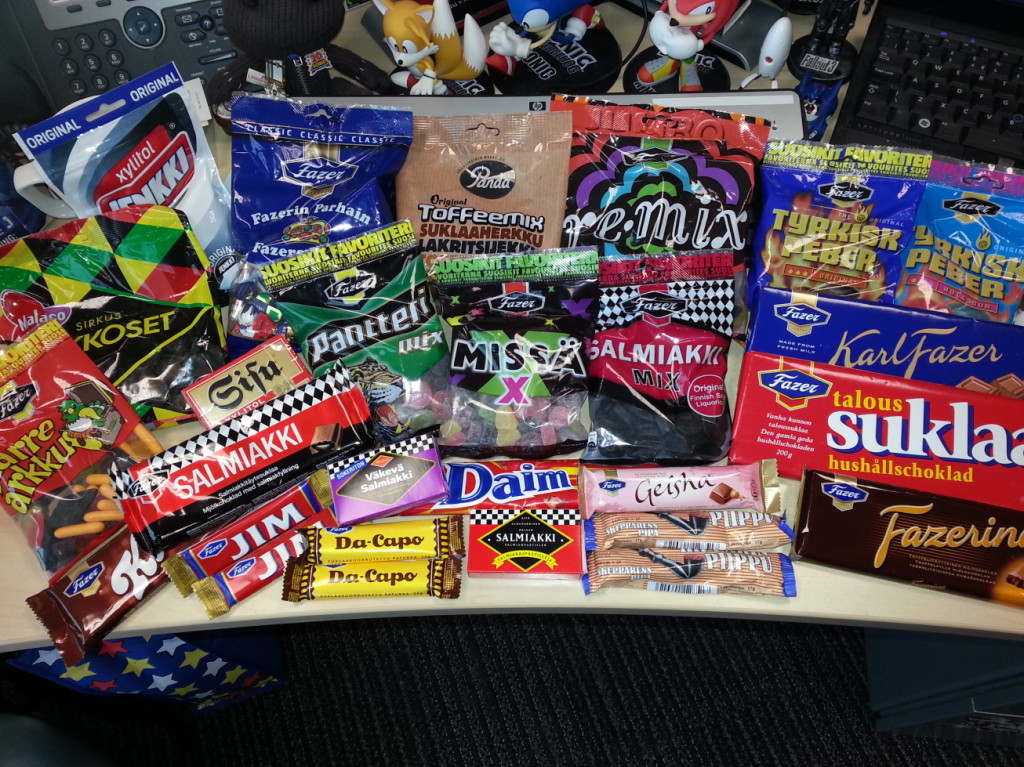
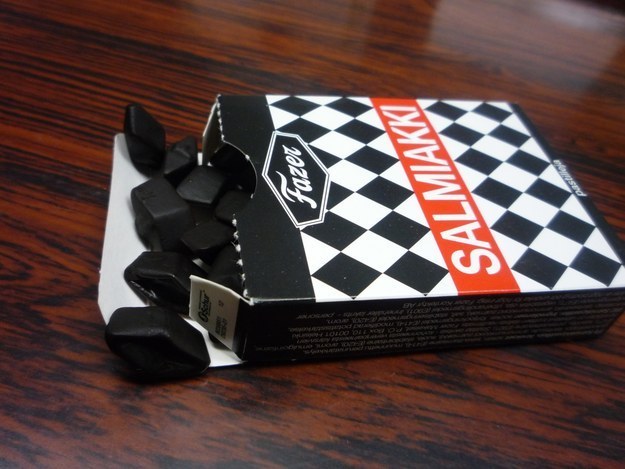
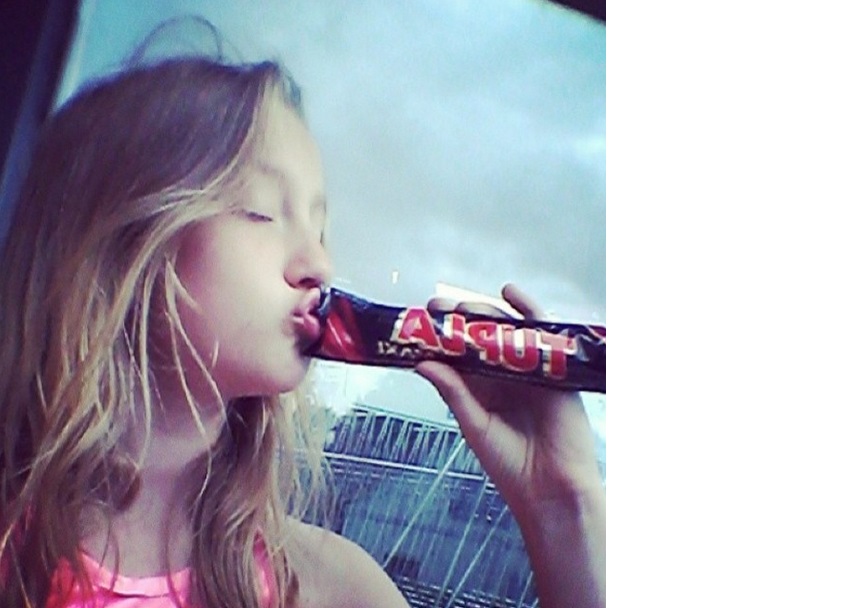
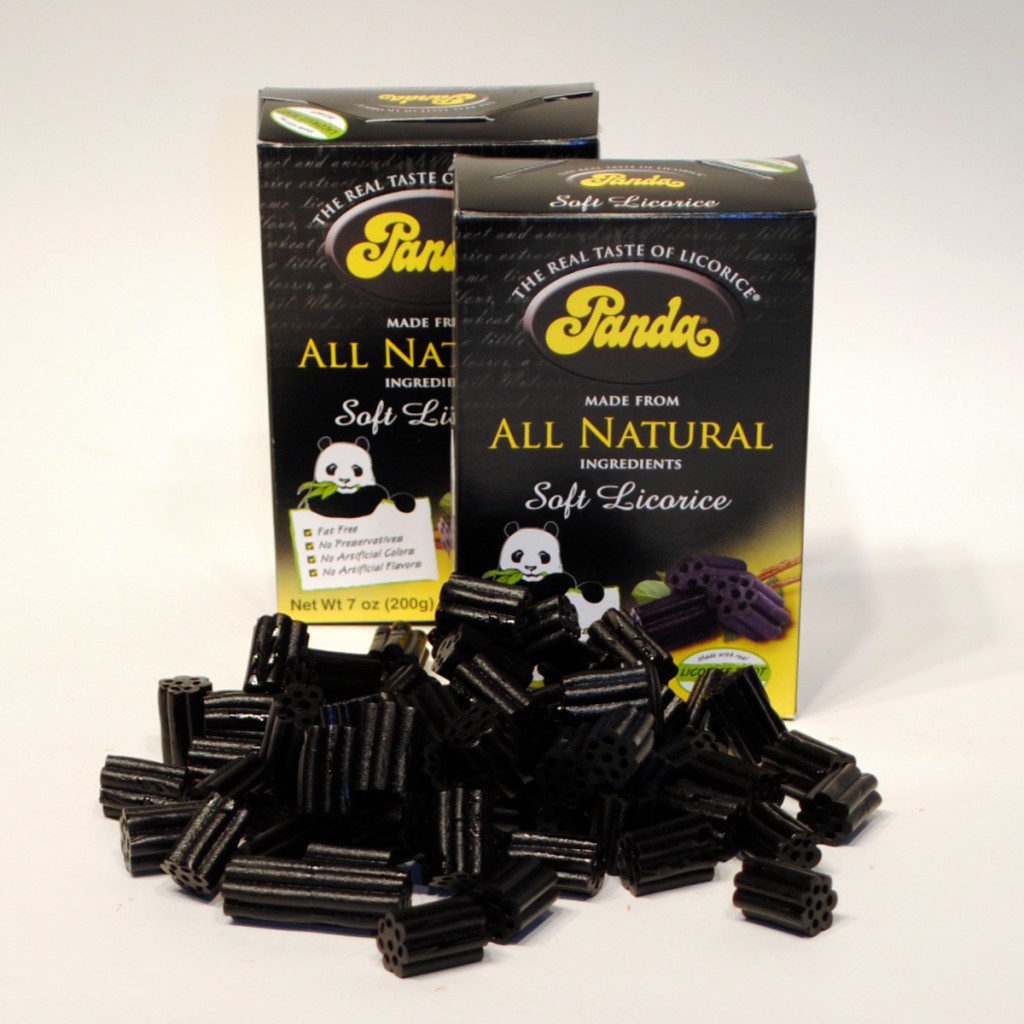
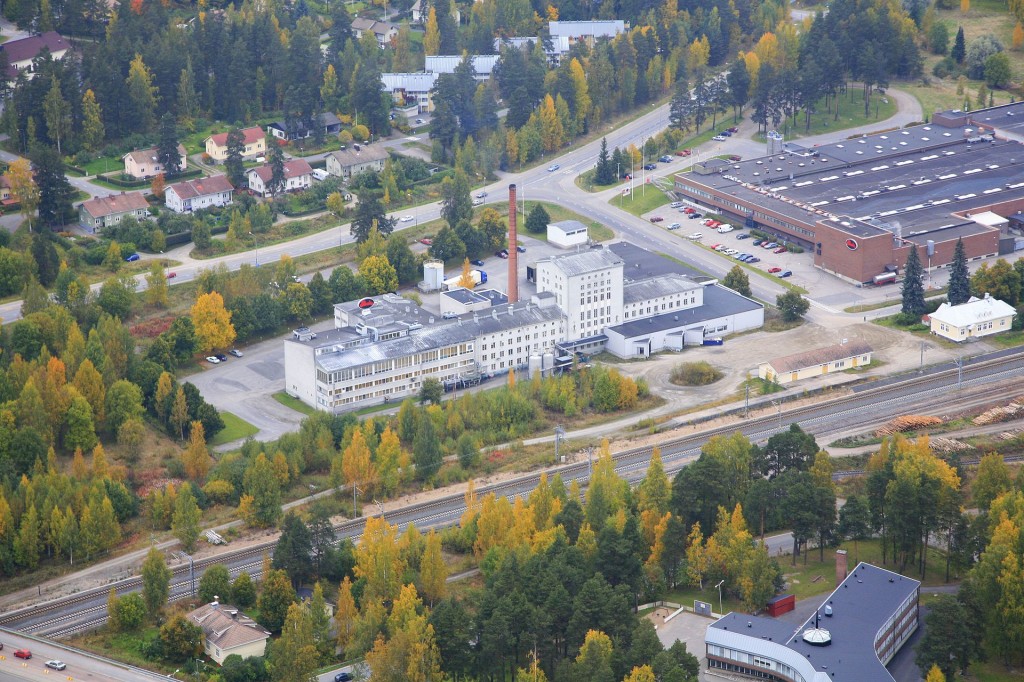
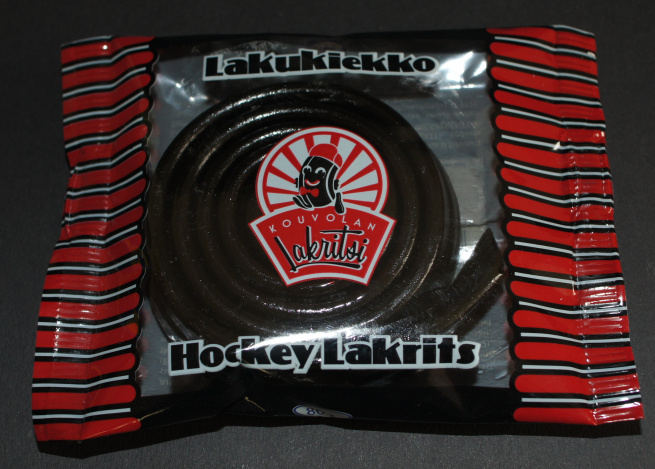
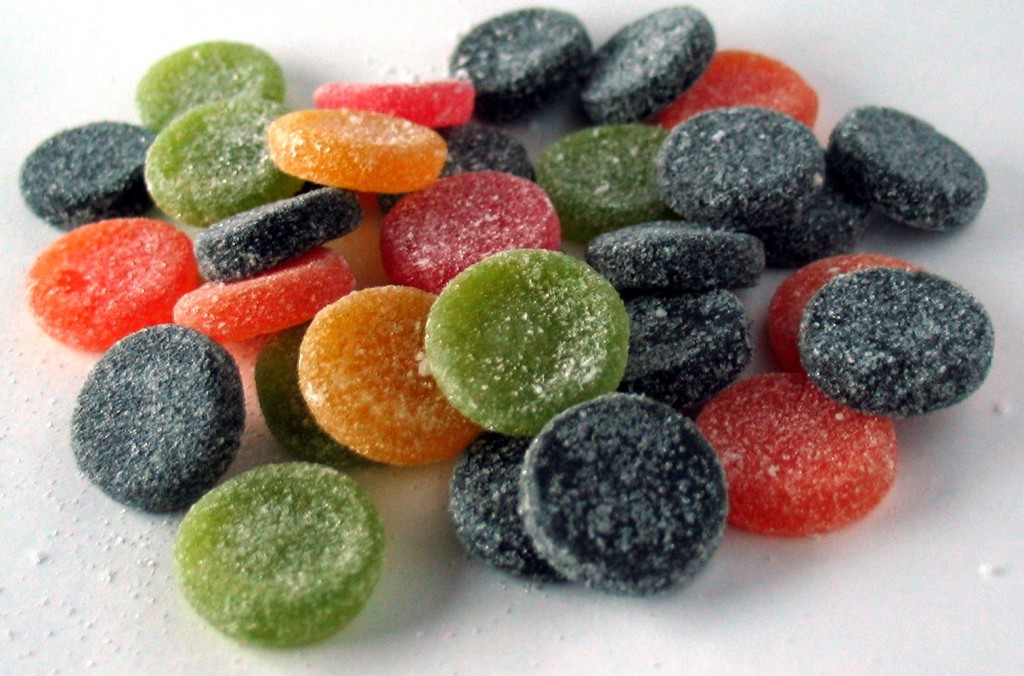
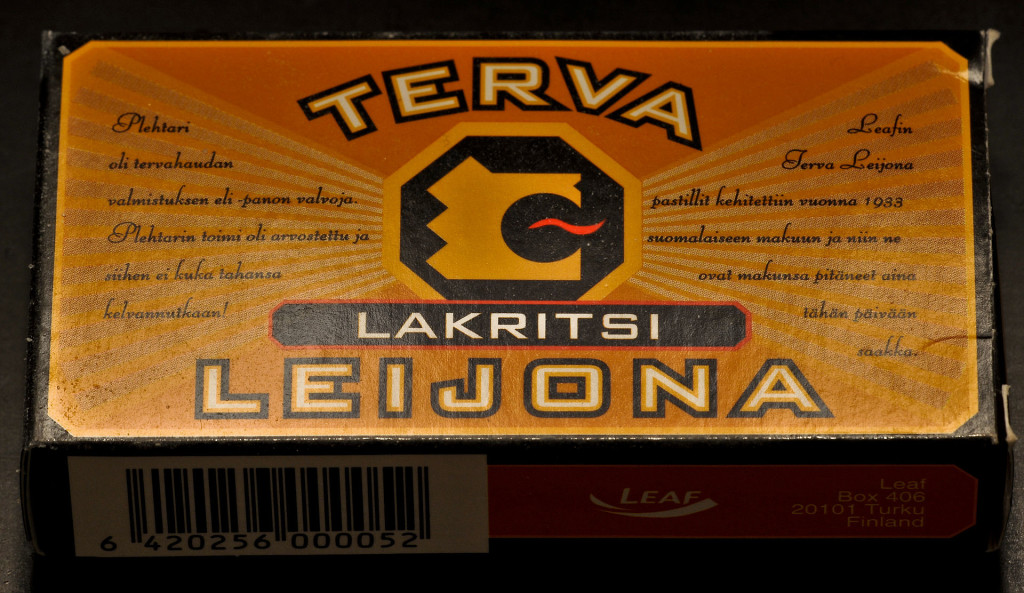
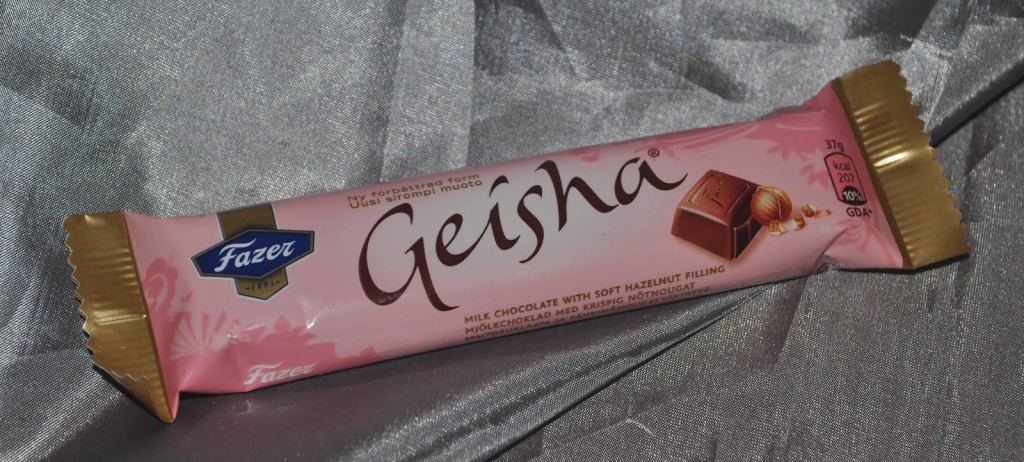
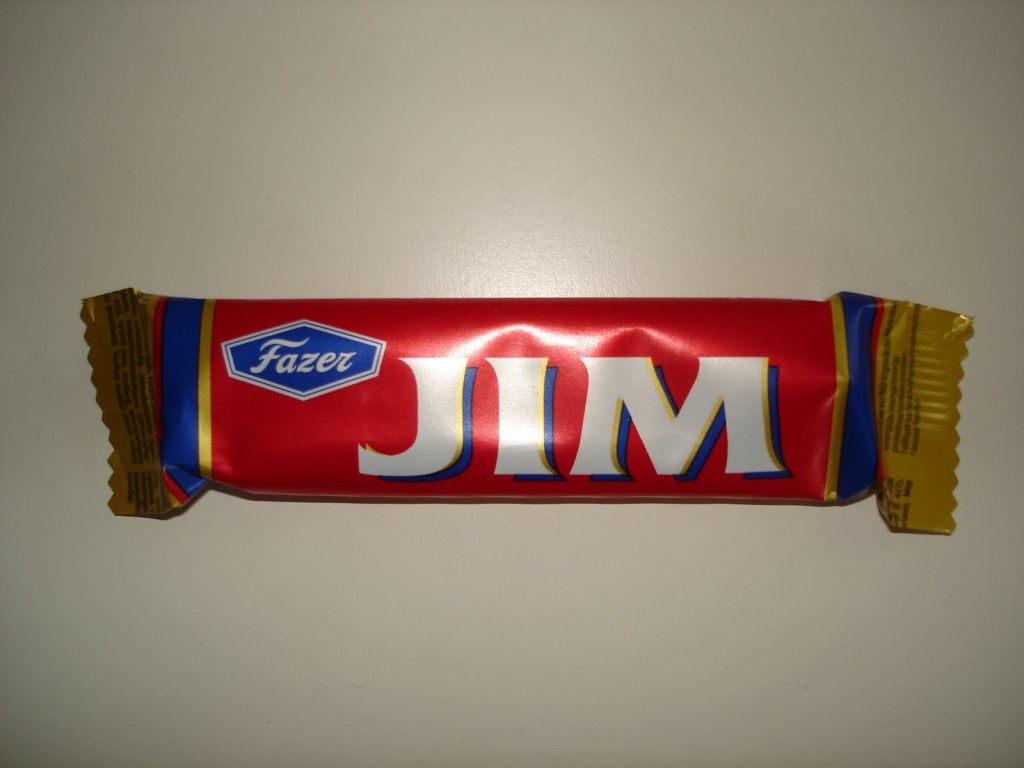
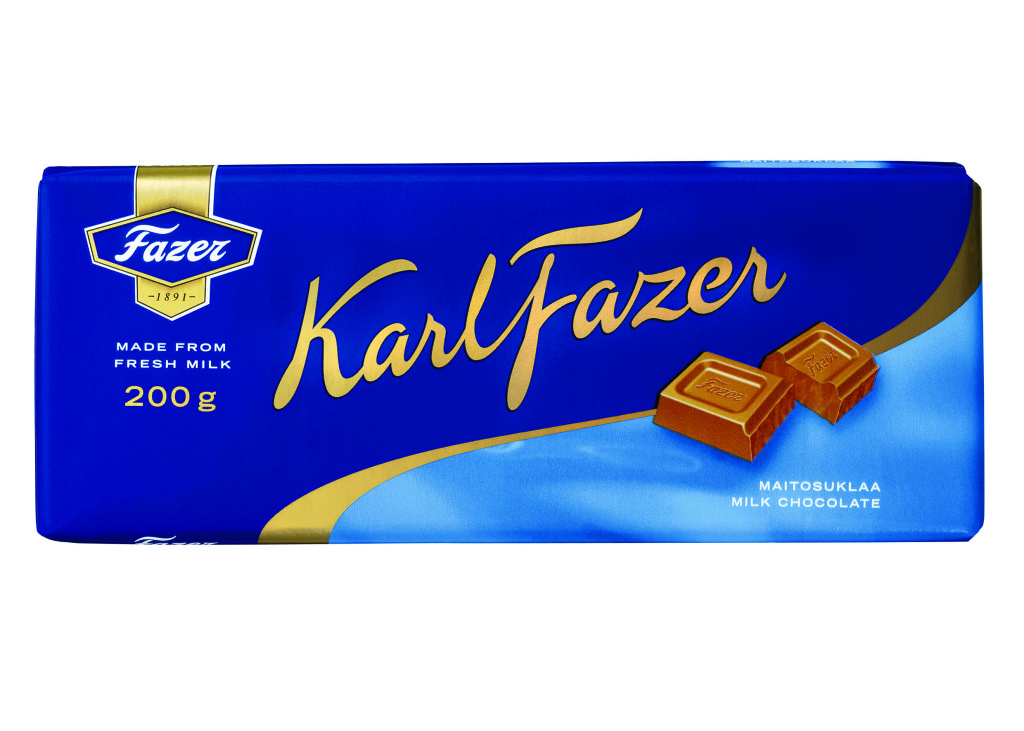
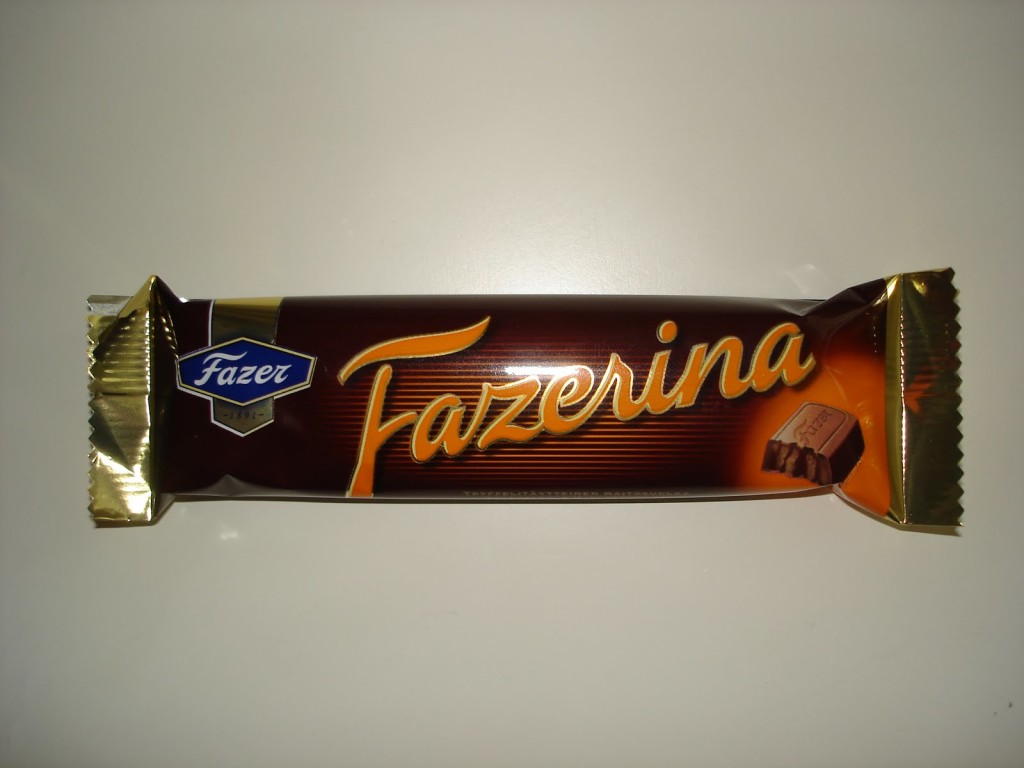
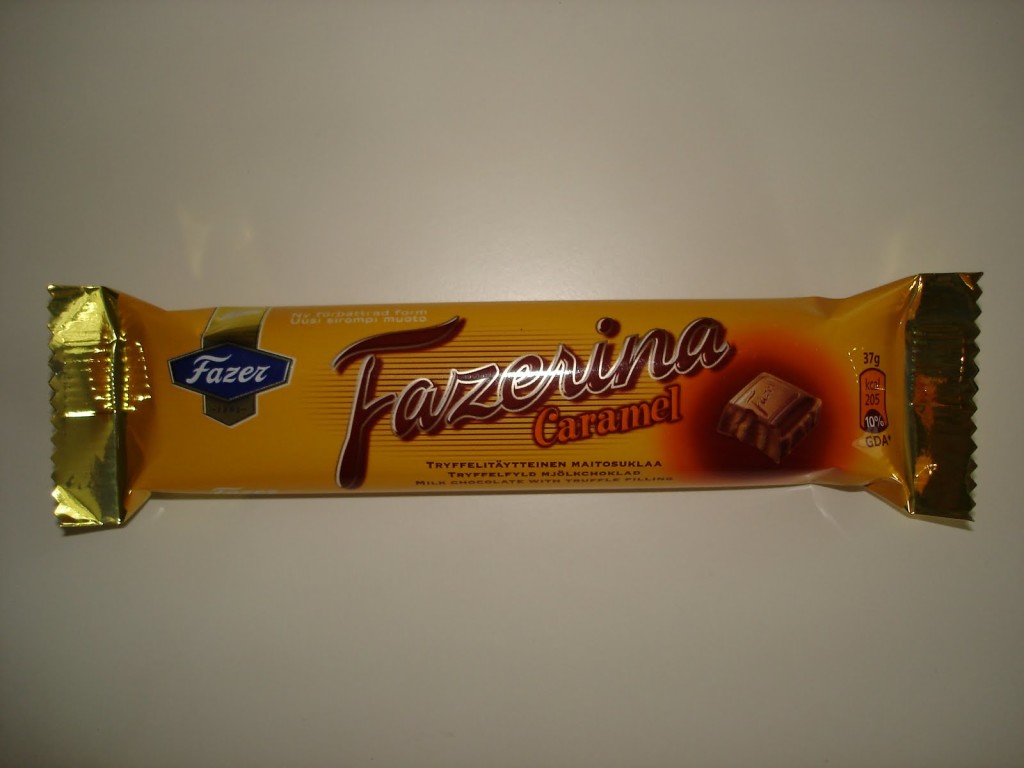

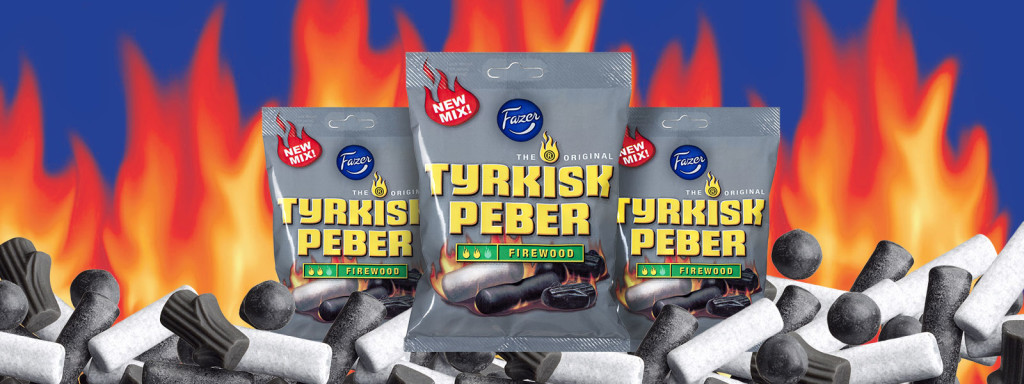
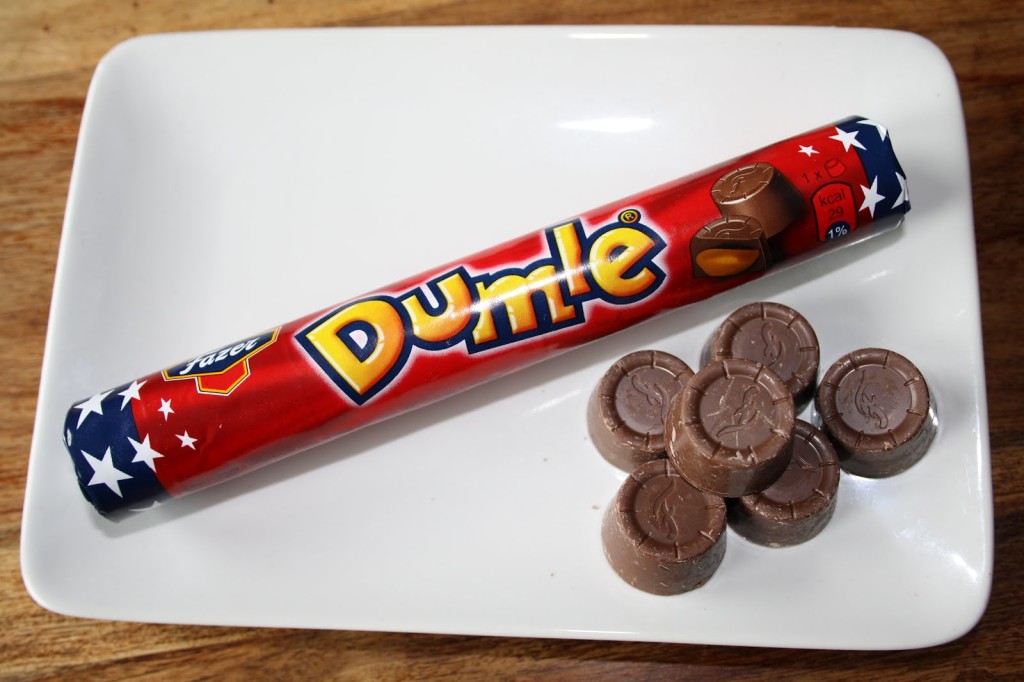
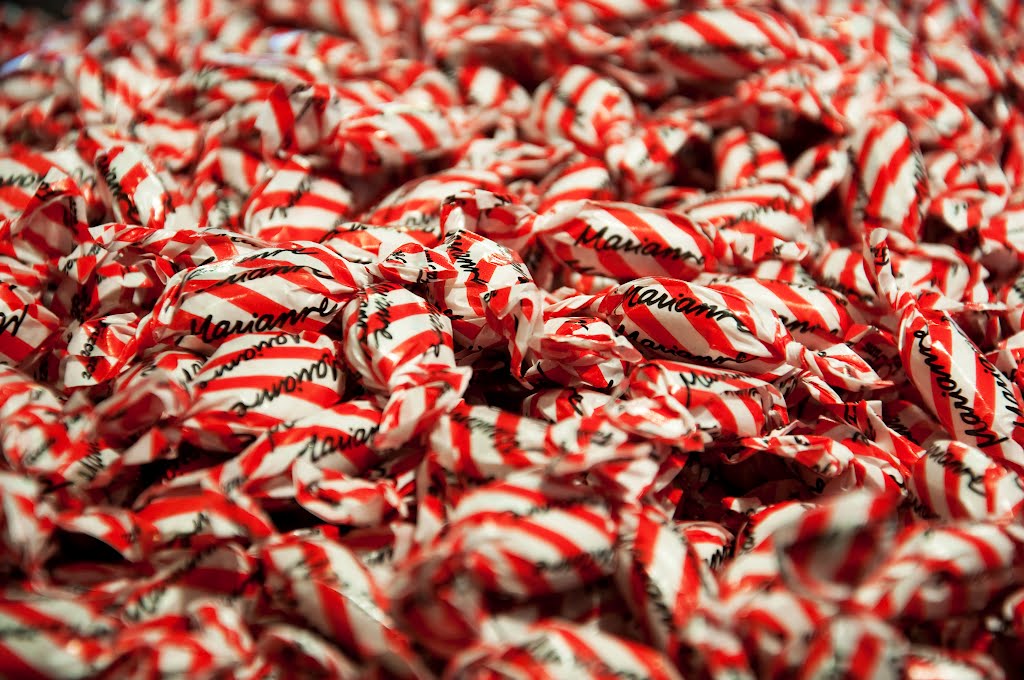
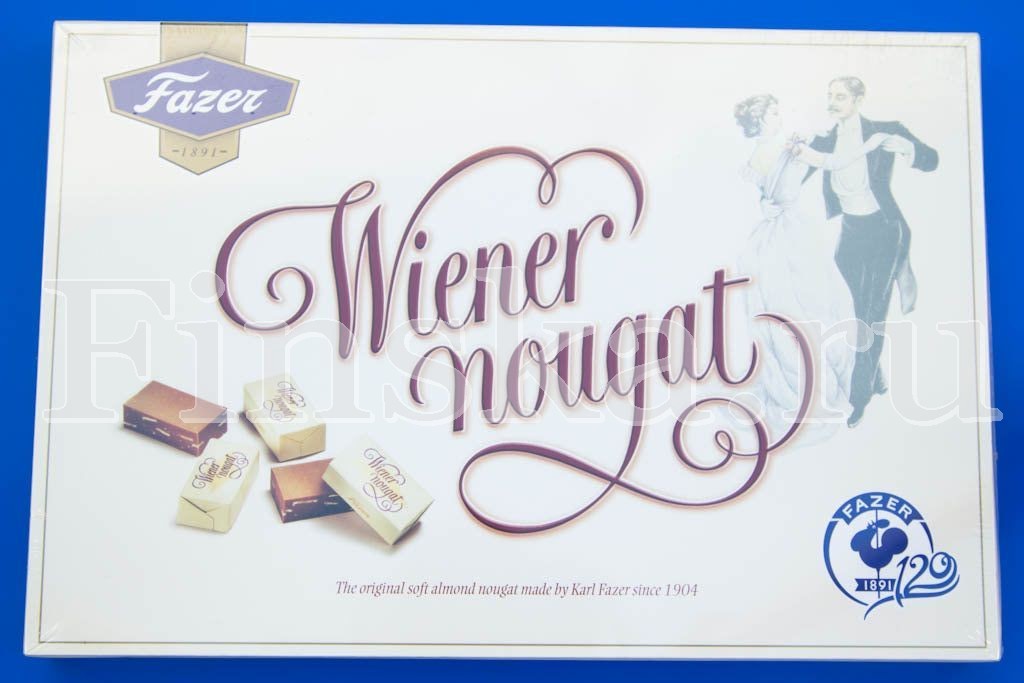
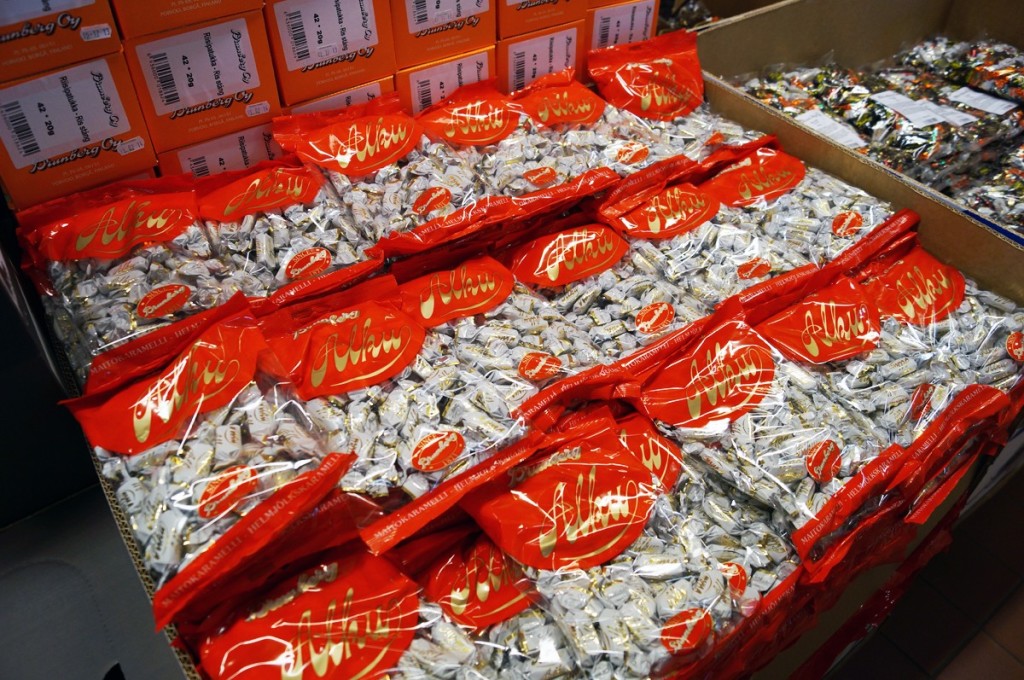
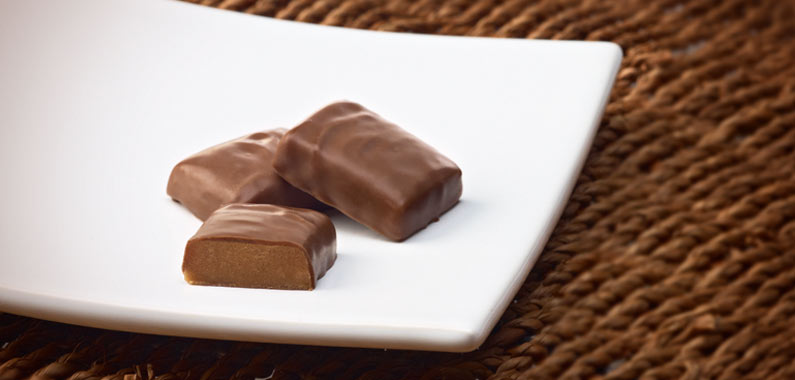

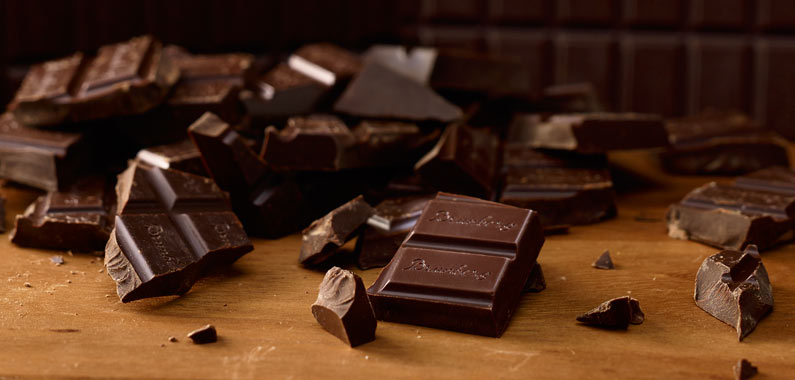
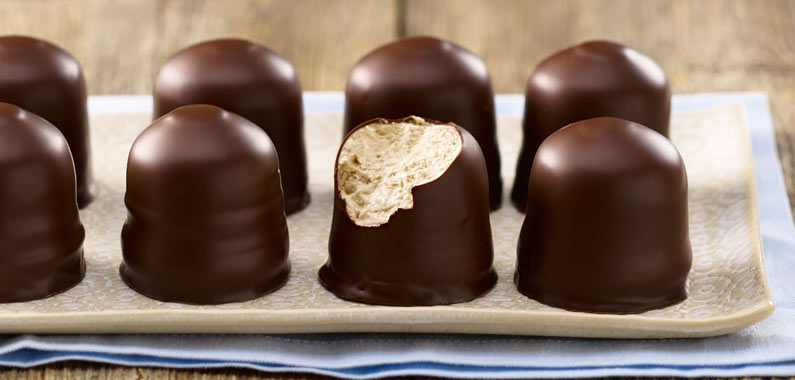
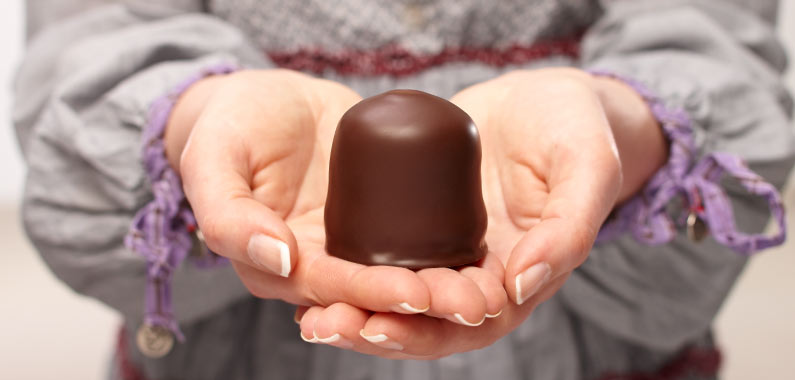
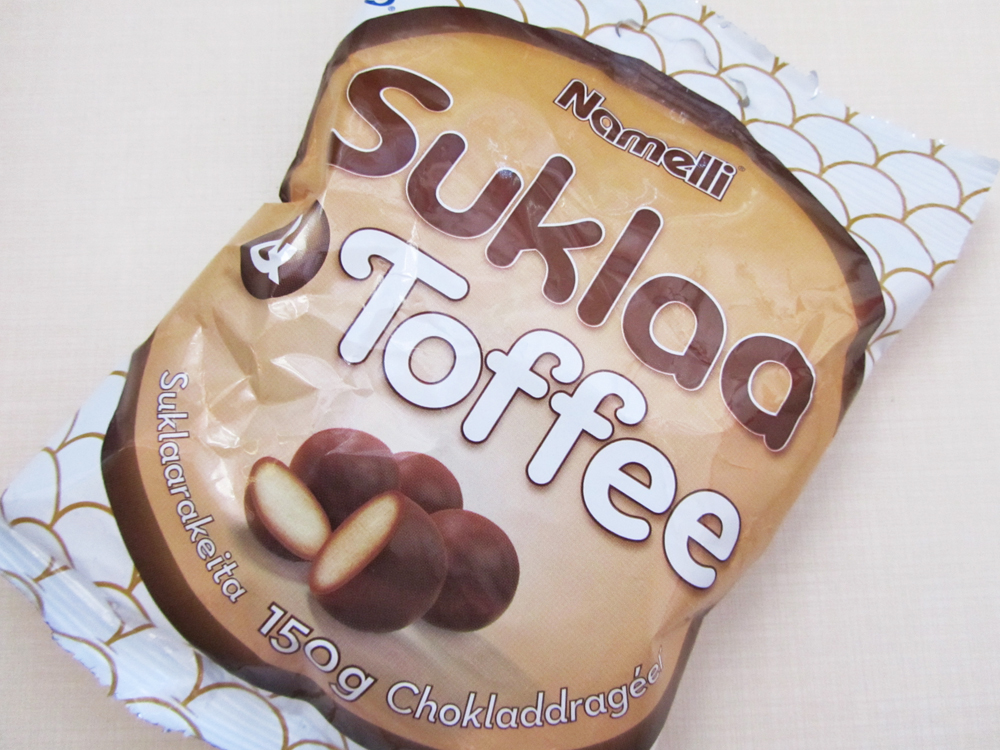
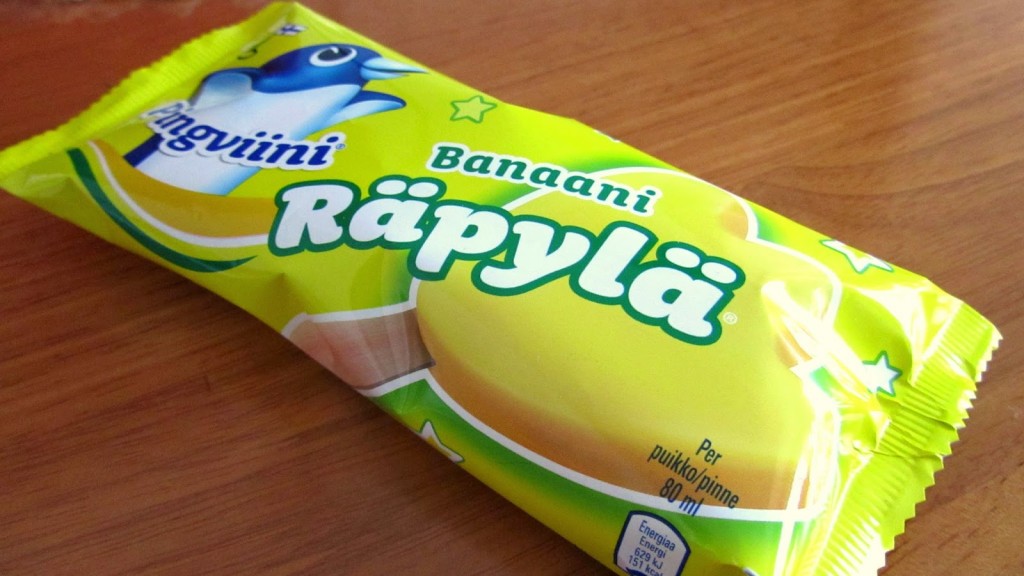
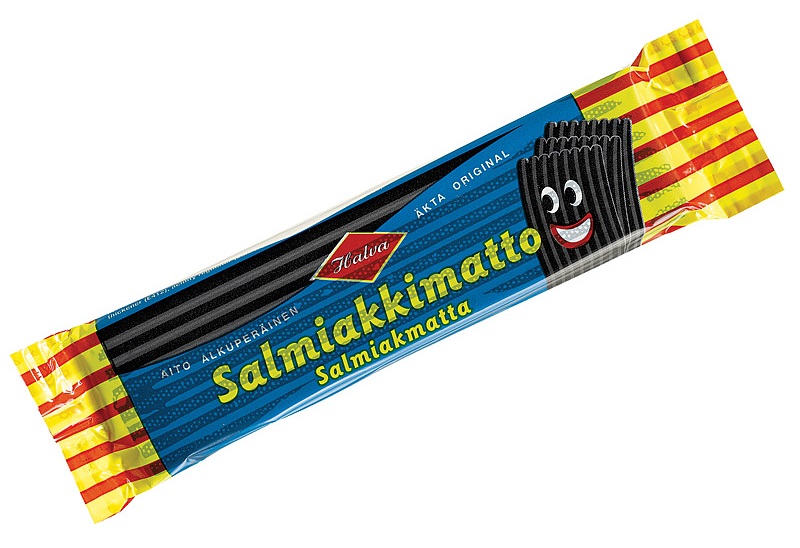
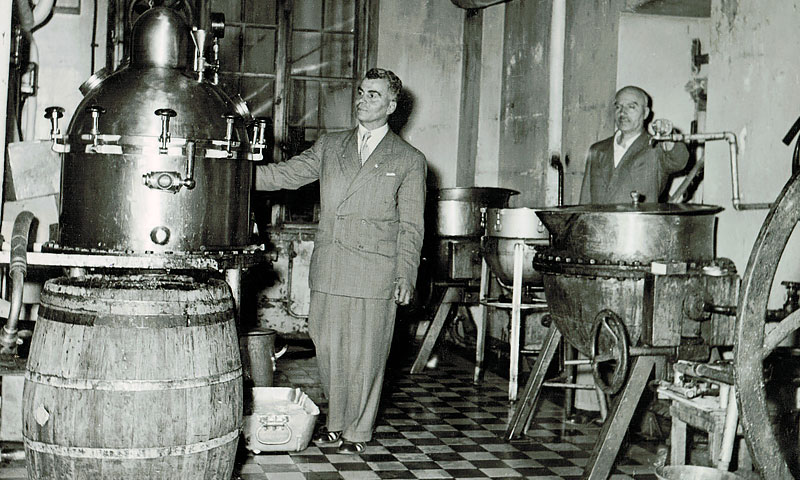
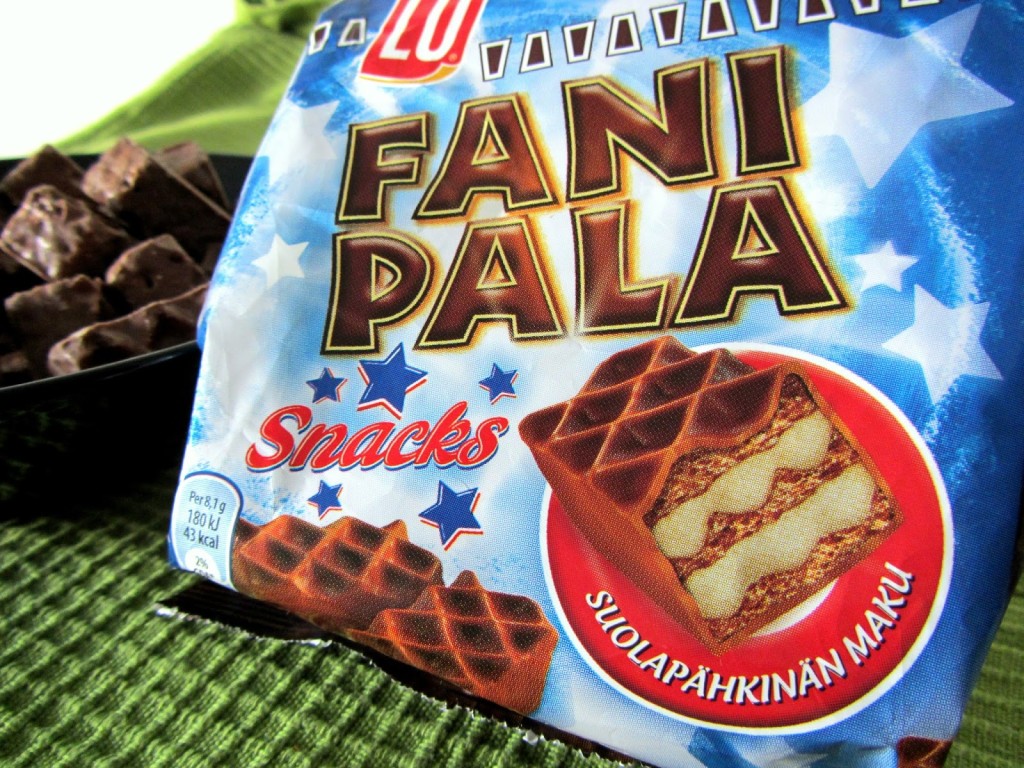

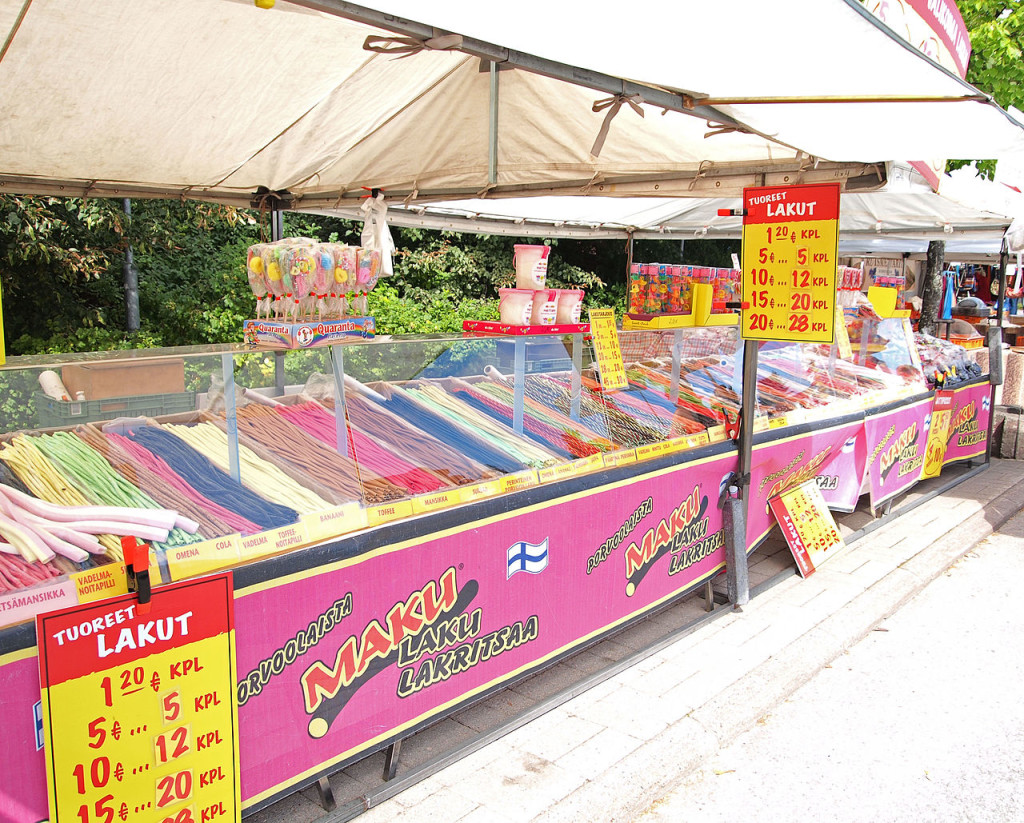
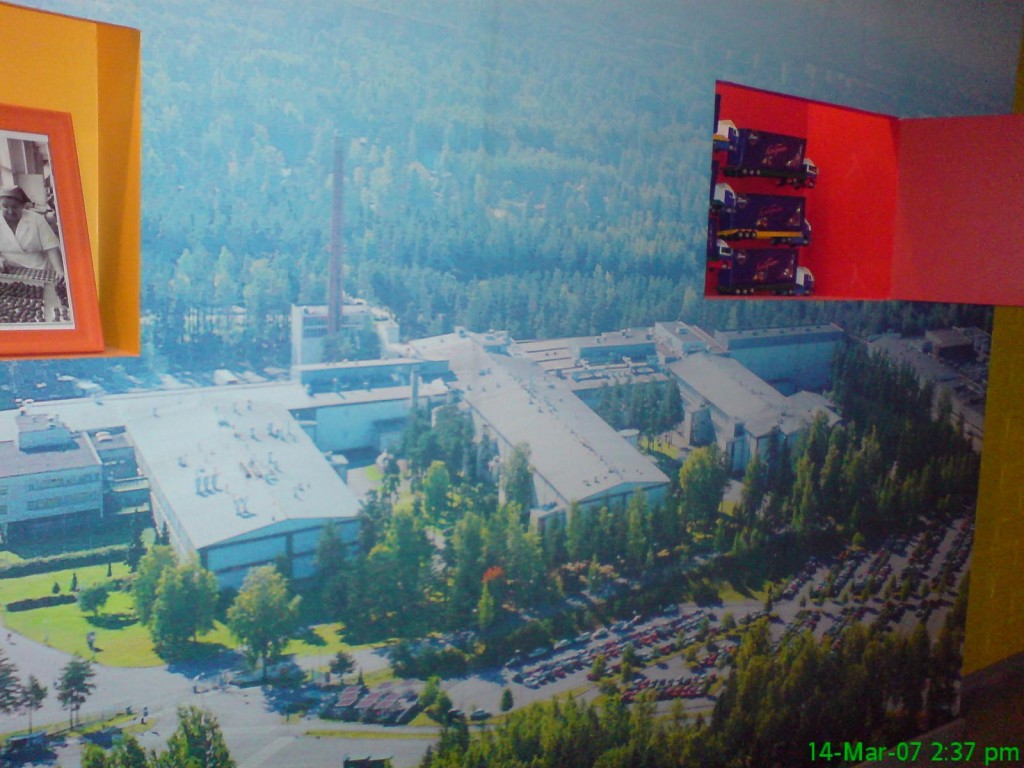
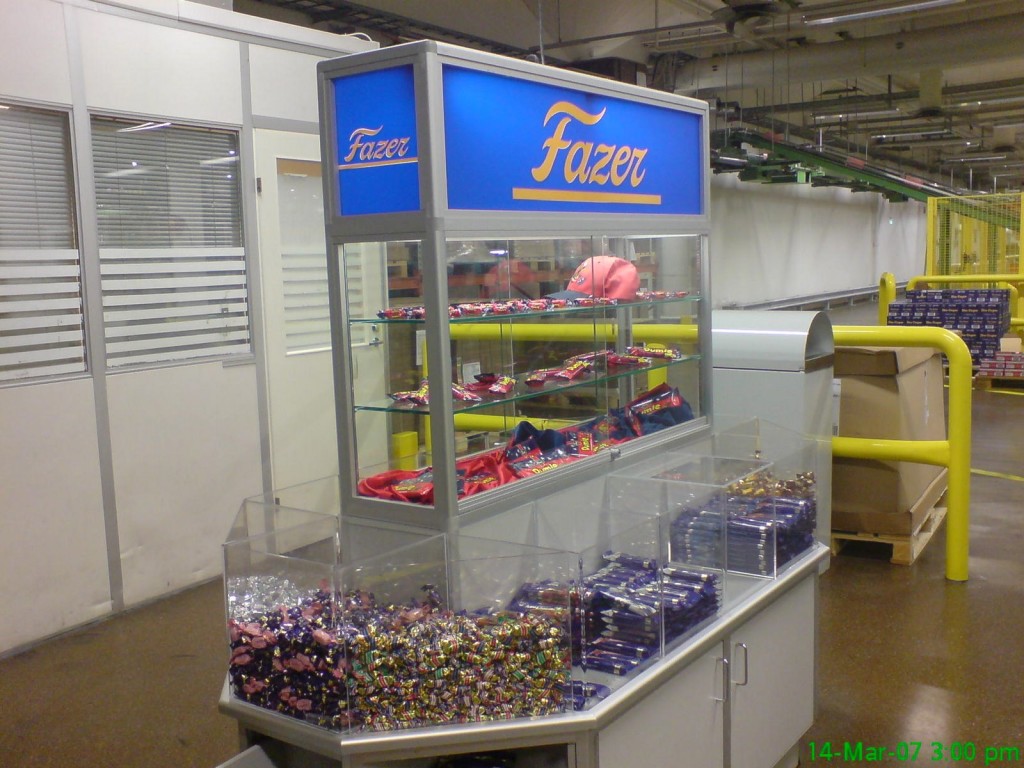
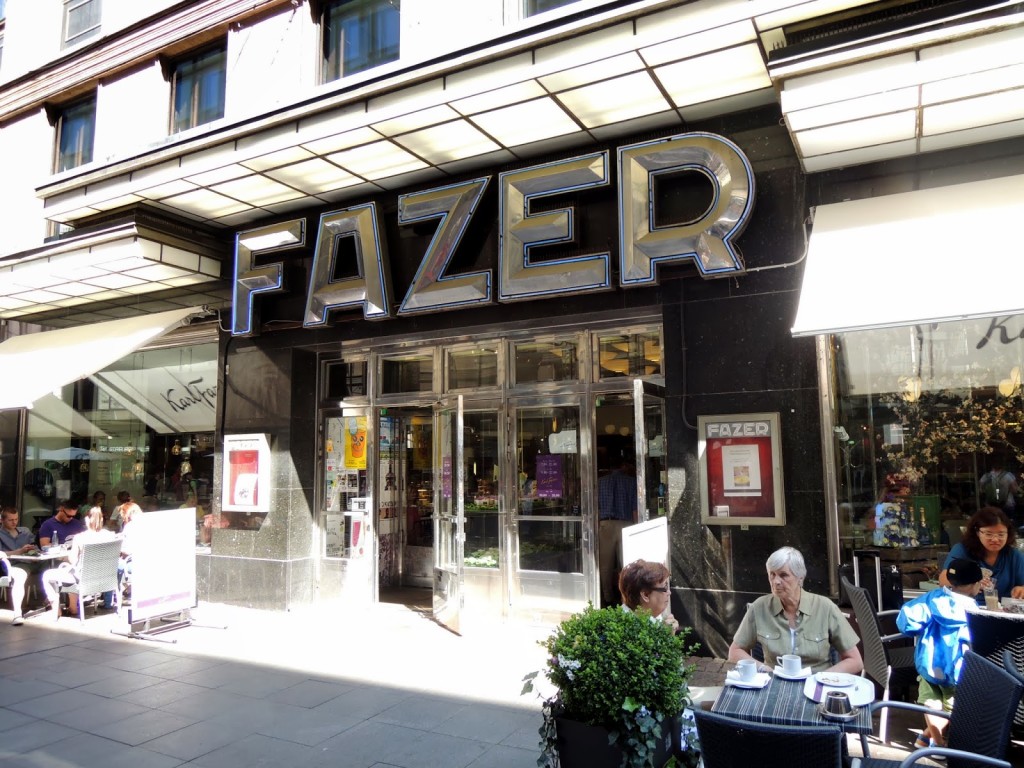
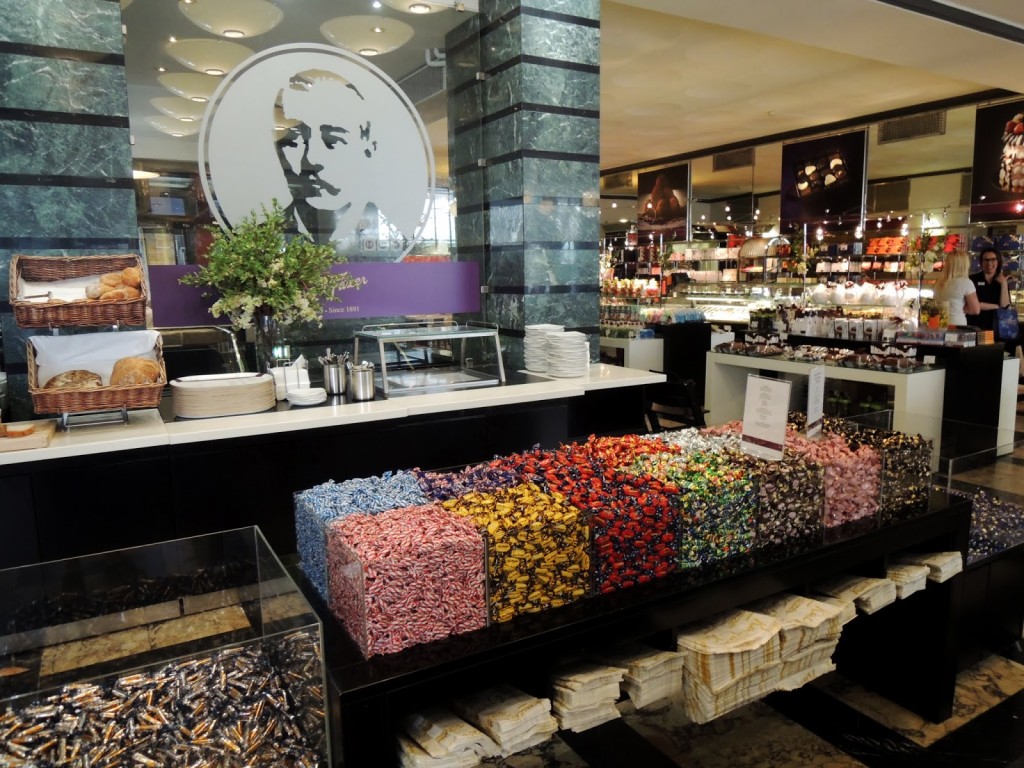

Pingback: Helsinki Points of Interest Guide | The Culture Conscience
Pingback: Blog 32: Finlandiya’da Yeme-İçme Kültürü (Devamı) – GezenPati
Pingback: Frolicking Around Finland - The Highlights of Helsinki
Pingback: Frolicking Around Finland - The Highlights of Helsinki